Asia!
Tramp drove confidently onto the little ferry in the Turkish town of Kilitbahir and sat patiently as we motored our way across the Dardanelles to the other side and docked at the town of Canakkale. Tramp had probably done more than 50 ferries during our Follow the Sun trip but none was more symbolically important than this one. When he drove off the ferry and entered the usual chaos of Turkish streets we had accomplished a major milestone to our Follow the Sun journey because now we were in Asia, the fifth and final continent of our around-the-world odyssey which started way back in 2017.
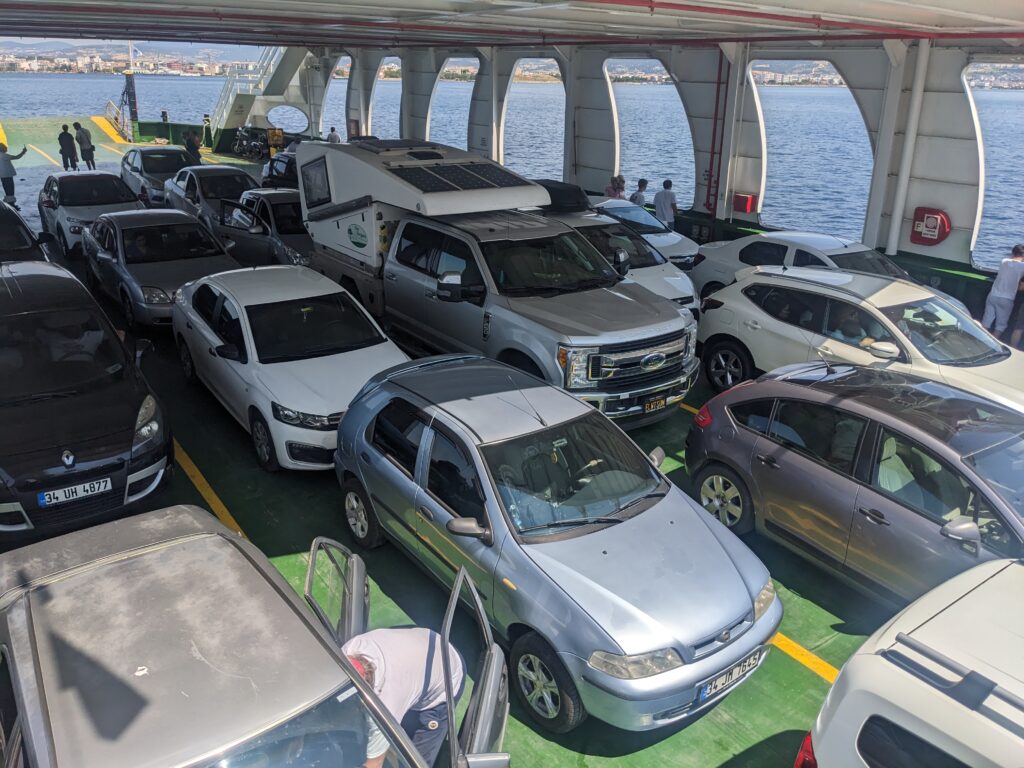
The three of us had achieved something Julie and I had talked about doing more than 30 years ago and even though there was another five months of adventure ahead of us, with no doubt many ups and downs, we were pretty chuffed that we had made it this far.
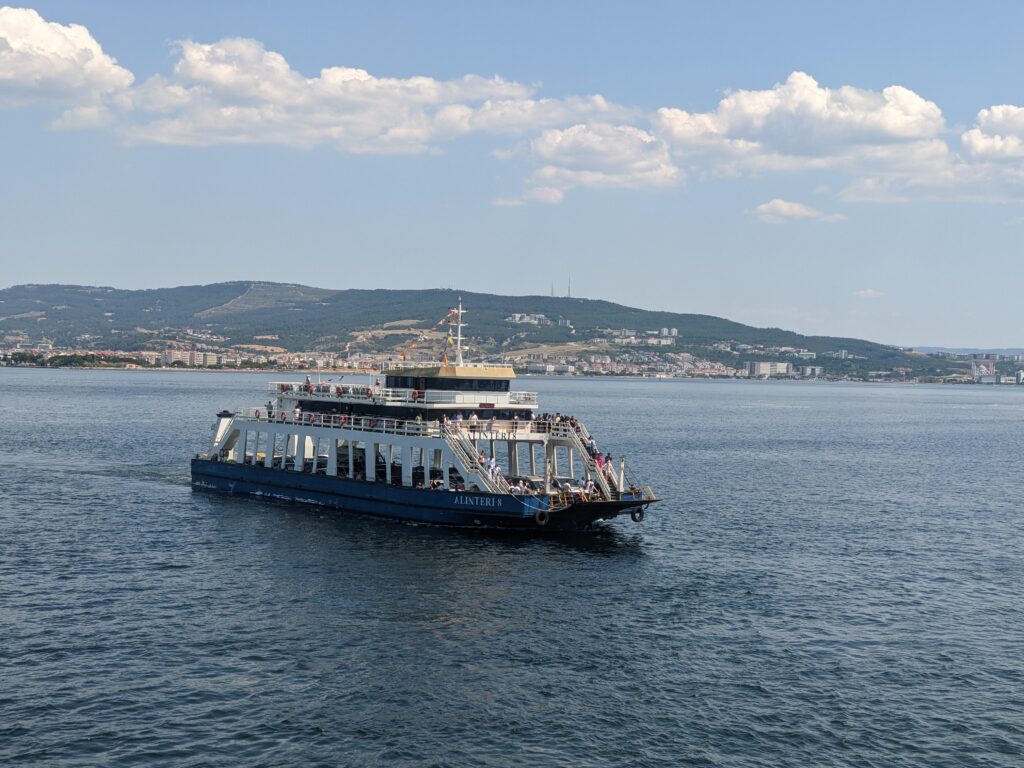
With grins stretching ear to ear we drove down the coast a short ways and camped in front of a little pension and restaurant near the ancient city of Troy, one of the most famous and significant historical sites in the world.
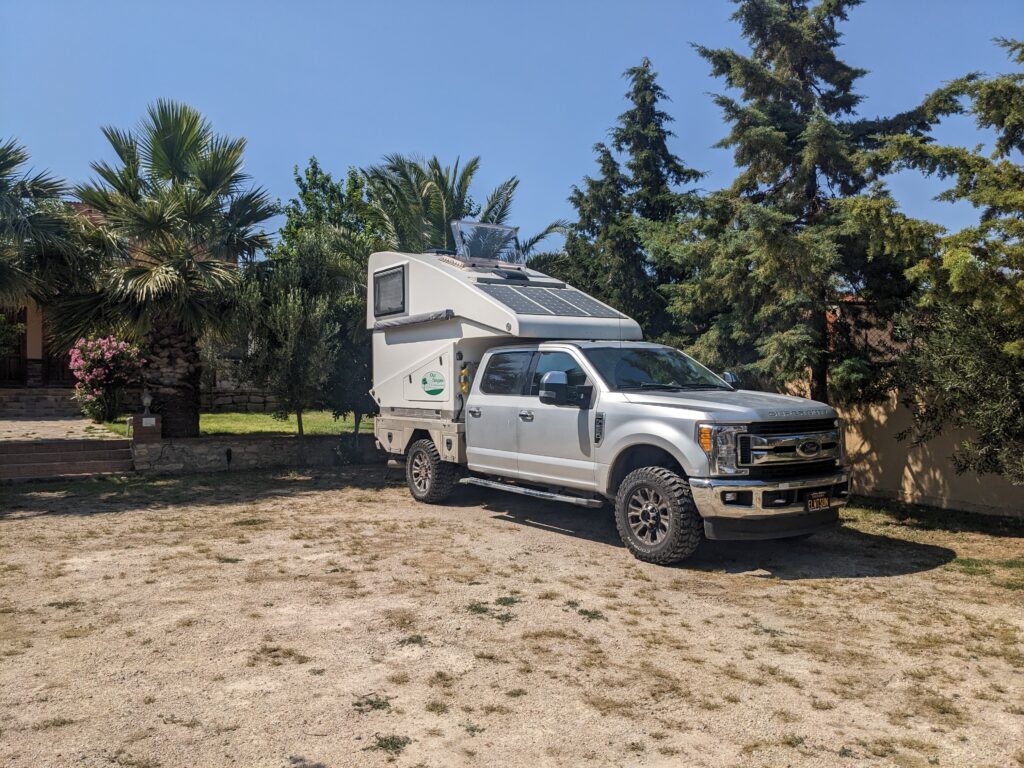
The next morning we ventured into Troy, the site famous for Homer’s Illiad and the story of the trojan horse. While the wooden horse story is almost certainly a myth the ruins of Troy were unexpectedly good considering their unfathomable age. The first settlement was established here a staggering 5,000 years ago and in fact there are nine different Troy cities, each one built on top of the last one. A candy store for archaeologists and a bit baffling for passing travellers, Troy nevertheless represented almost timeless human existence in one place.
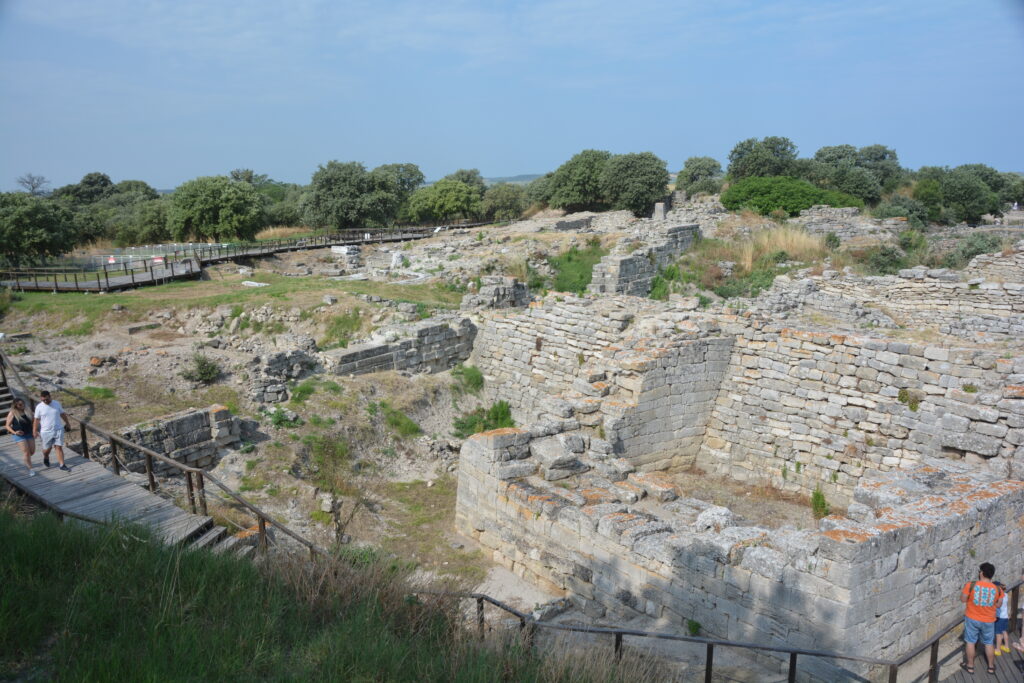
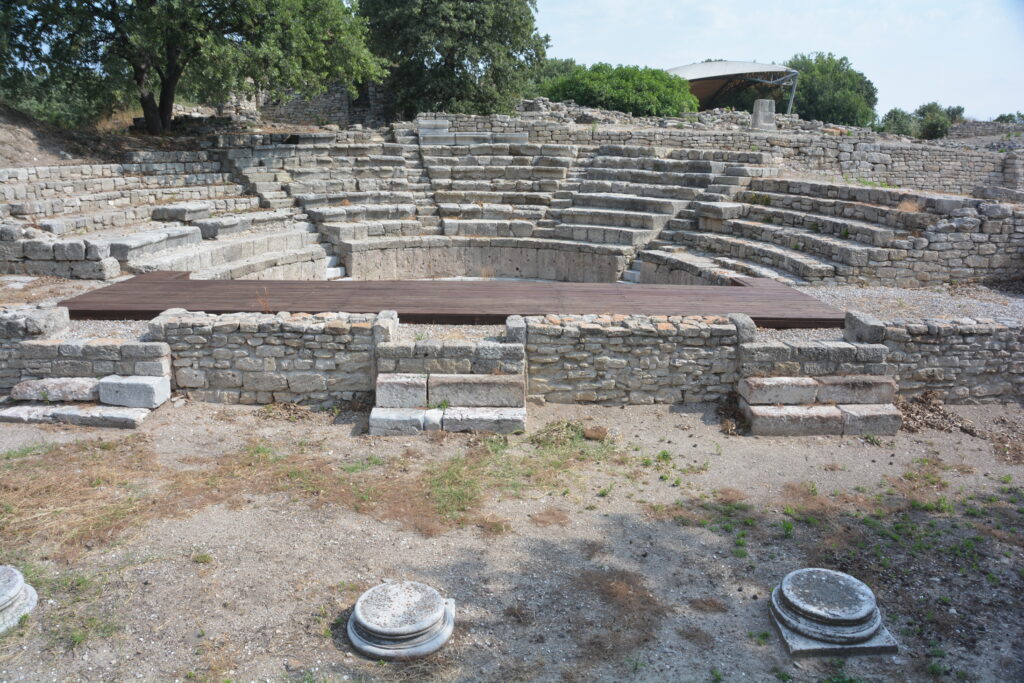
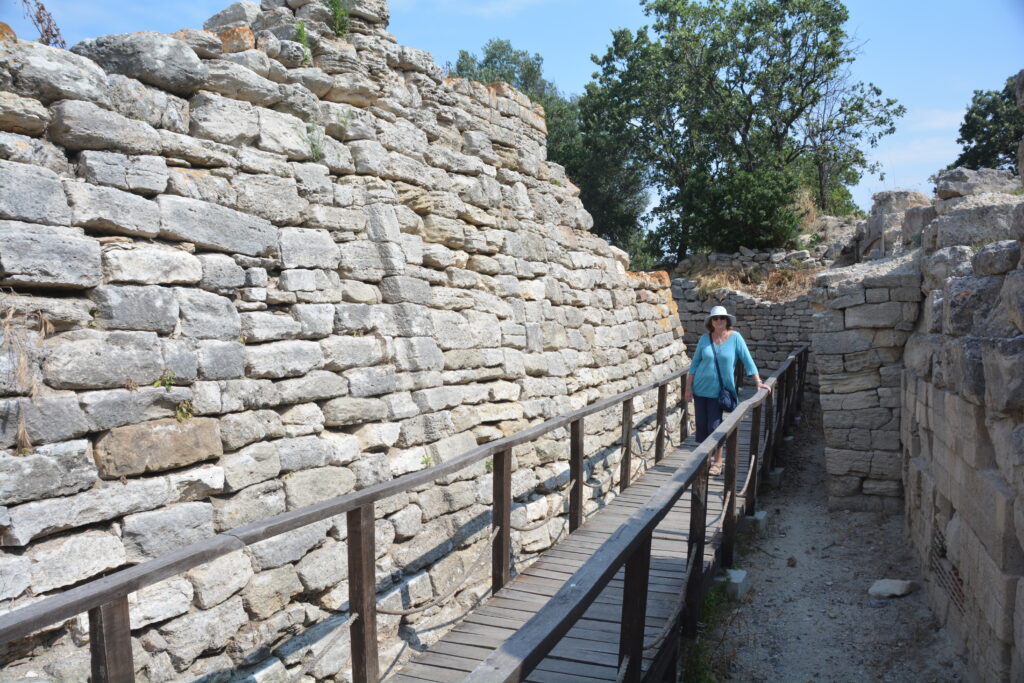
We understood that one could get tired of seeing old stones in this part of the world, such is the number of Greek and Roman ruins that run along the Turkish Aegean coast. We headed down the coast, passing some old ruins sitting amongst the wheat and corn fields, until we stopped at the ancient site of Assos, perched high on a hill with stunning views of the coastline in both directions.
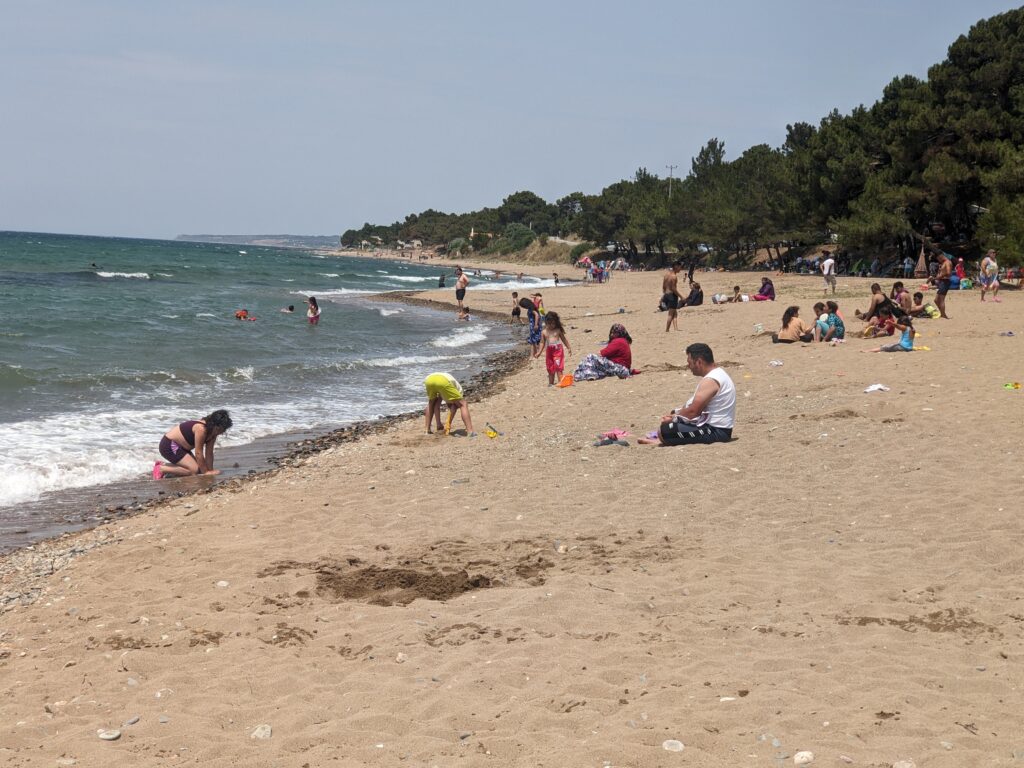
Now as luck would have it, we entered Turkey at the start of the Eid festival, an important Muslin holiday period. We saw animals being hung and butchered by the side of the road, as is the custom, and families out and about celebrating the occasion.
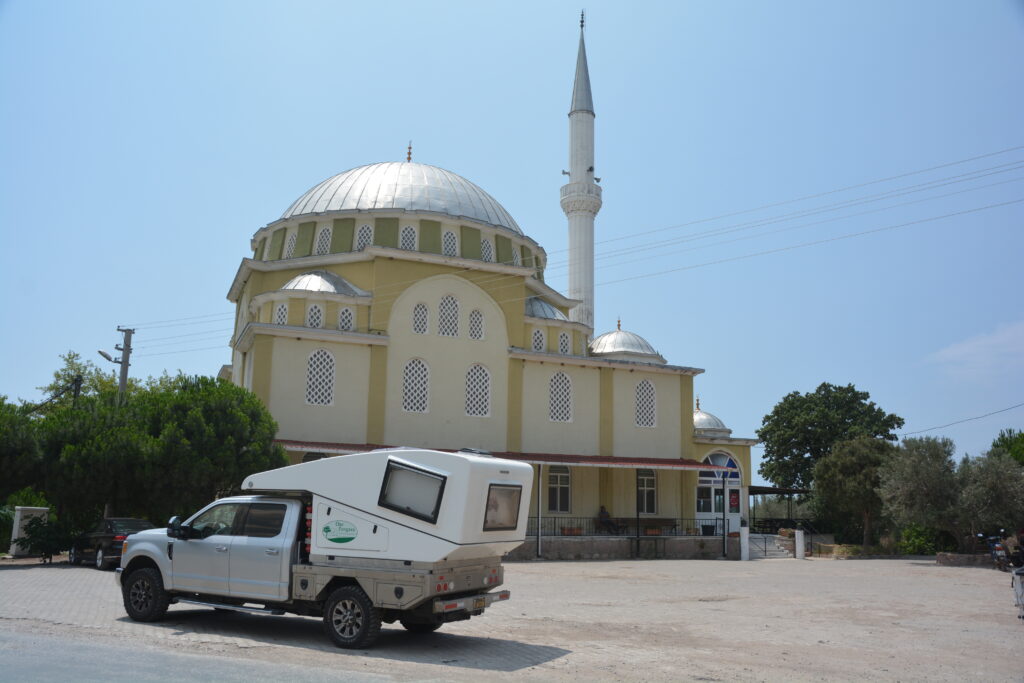
And when we arrived at Assos we encountered the full force of a Turkish festival holiday as literally thousands of locals – we were the only foreigners we saw all afternoon – walked up the steep roads lined with cafes and souvenir shops to the ancient ruins of Assos and the famed Temple of Athena which sat proudly on the highest point. Okay, a lot of the ruins have been recreated but that’s what happens when the original temple and walls were built in the sixth century BC.
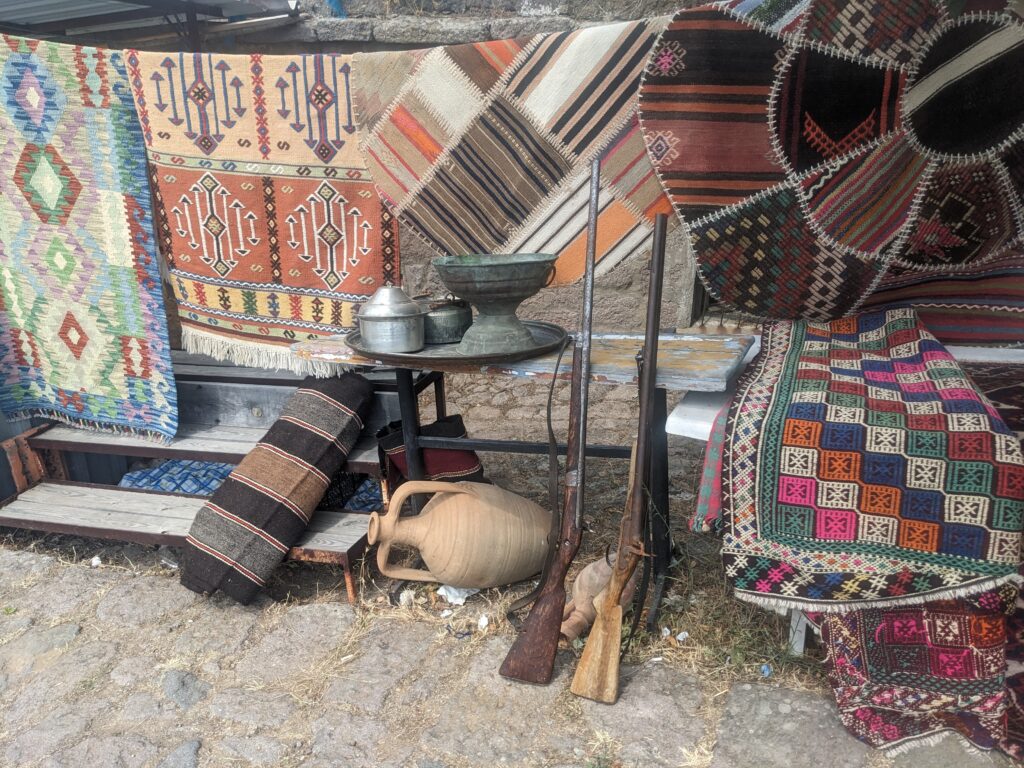
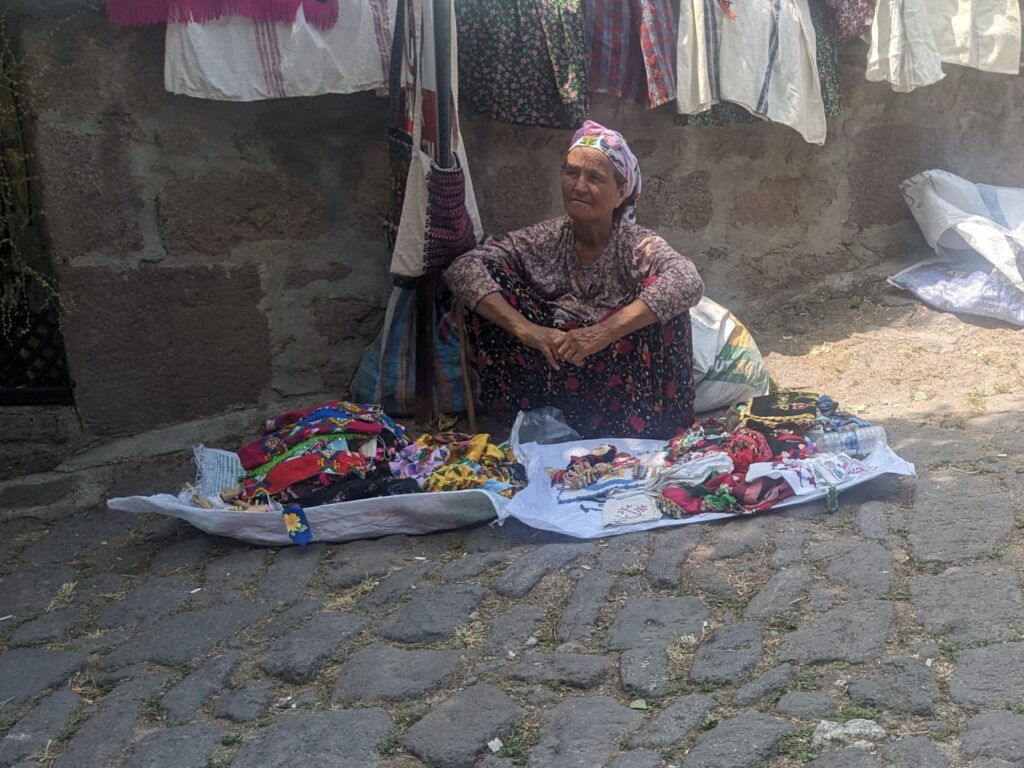
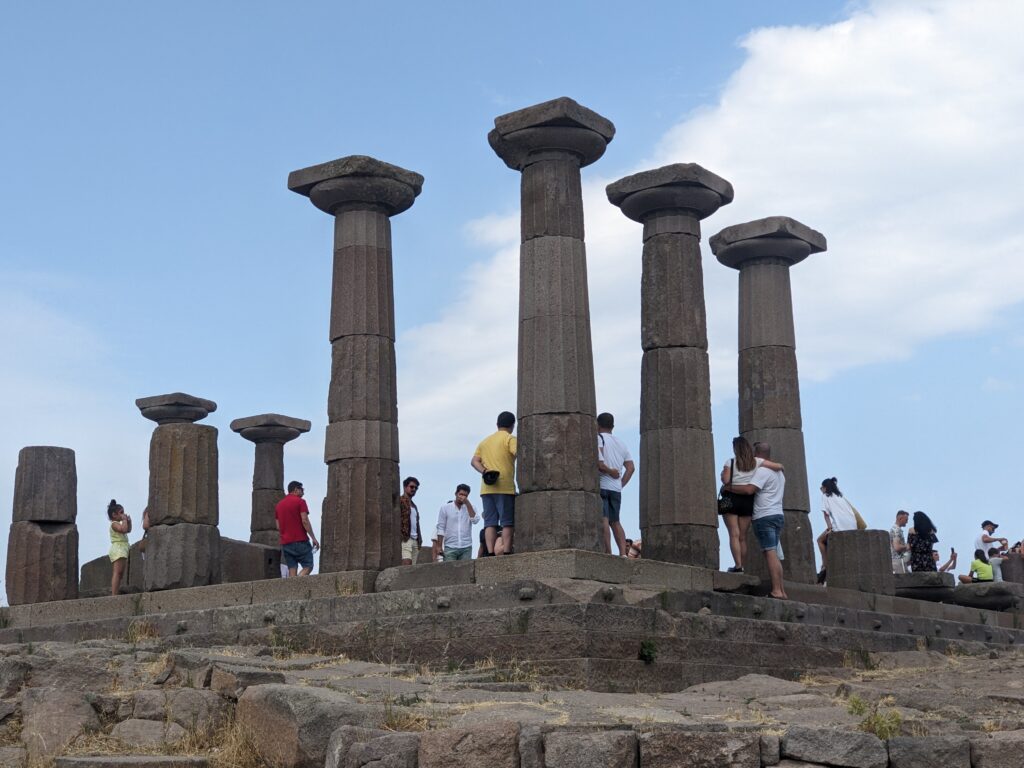
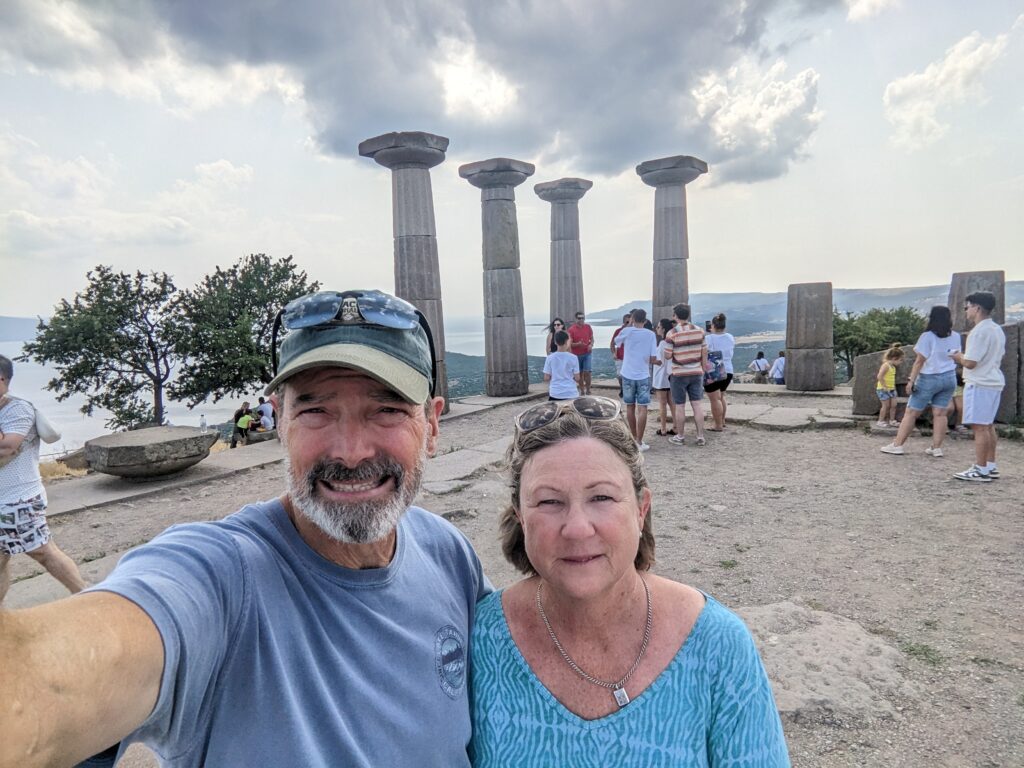
We found a spot to camp that night down on the coast amongst ancient olive trees only a few metres from the pebbly beach and surrounded by families camping, cooking and celebrating Eid. We loved it. A delightful foreign couple came up to say hello and we immediately hit it off with them. We ended up spending the evening around their fire on the beach and had brekkie together. Amazingly, Vladimir and Luba were from Kazakhstan, where we were heading, and spoke excellent English. Curiously, they spoke Russian as their native tongue and admitted they didn’t speak Kazakh at all.
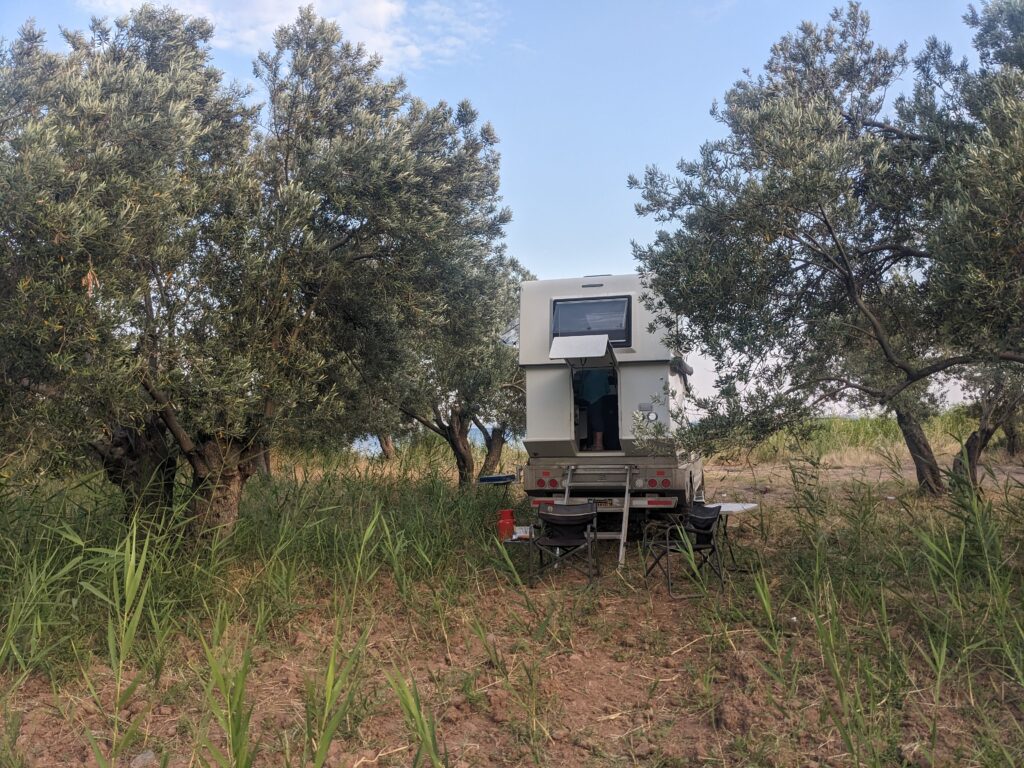
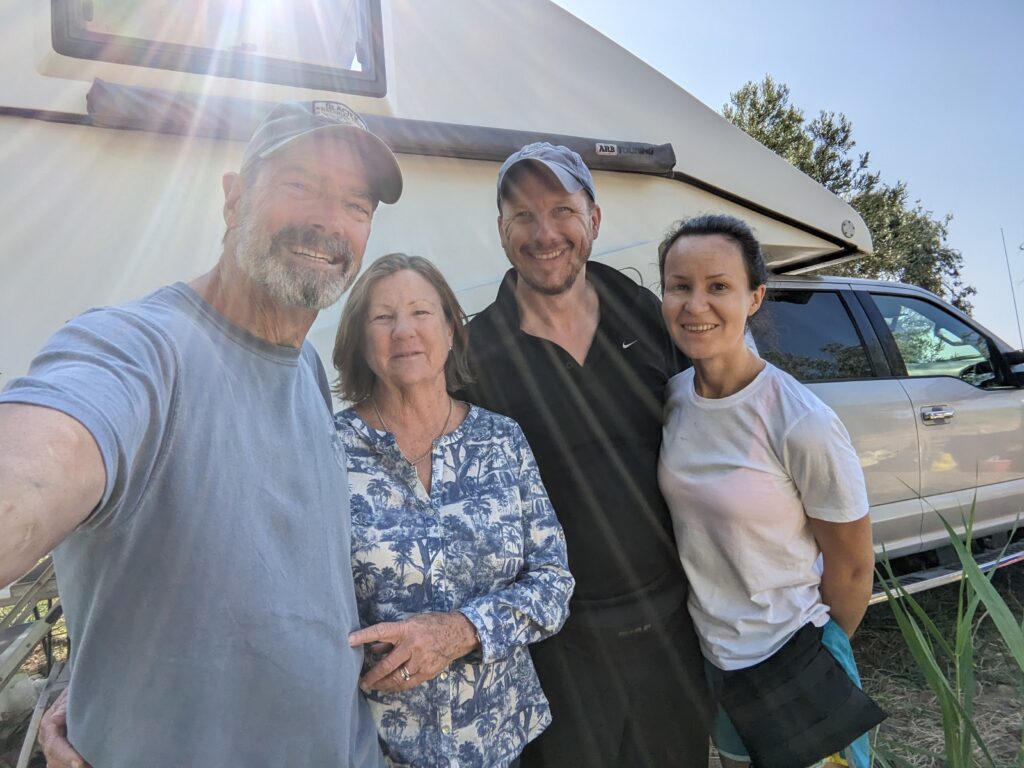
After a great cultural experience with Vladimir and Luba we headed up to Ayvacik which was reported to have an excellent weekly market every Friday. Unfortunately the Eid festival put a stop to that and we retreated back to the coast, battling horrific traffic through the Turkish coastal holiday mecca of Akcay and finally headed inland to another UNESCO World Heritage ancient Greek and Roman site of Pergamon.
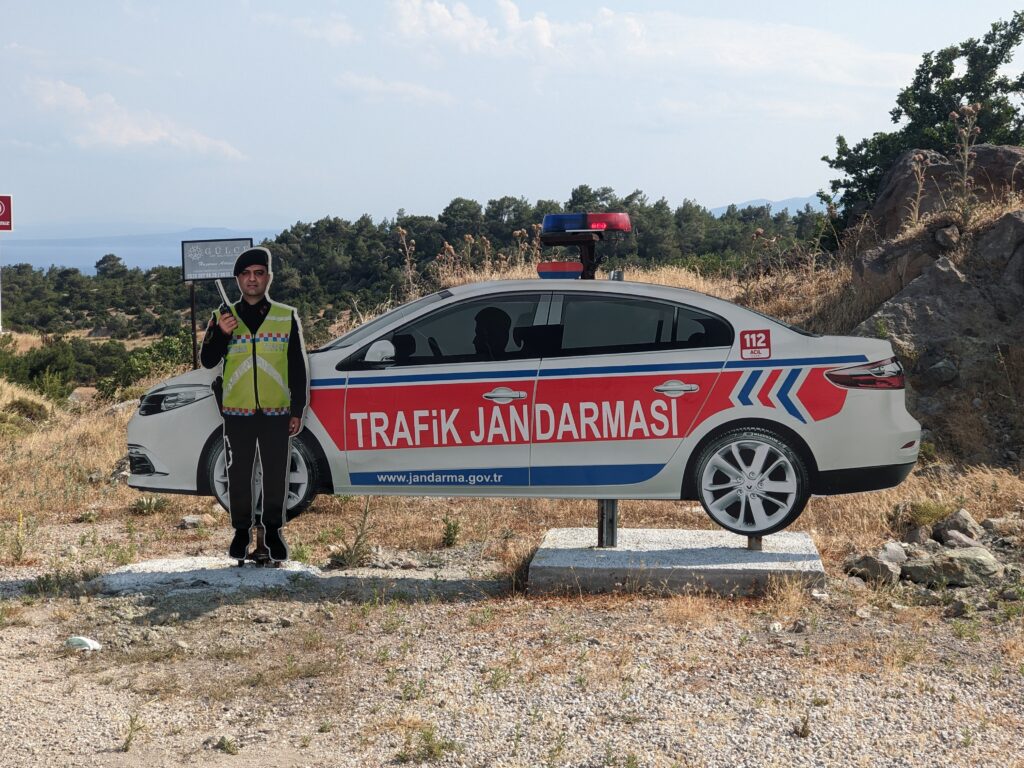
Like many of these sites, Pergamon is set on the top of a steep hill, making it easy to defend, but our job was easier here because of the cool gondola that took us to the top. We explored these fabulous 4th century BC ruins, the two standouts being the super-steep theatre built into the cliff wall that once sat 10,000 people and the impressive Temple of Trajan with its majestic intact columns. Of course the view down into the town below and the green countryside all around us wasn’t bad either.
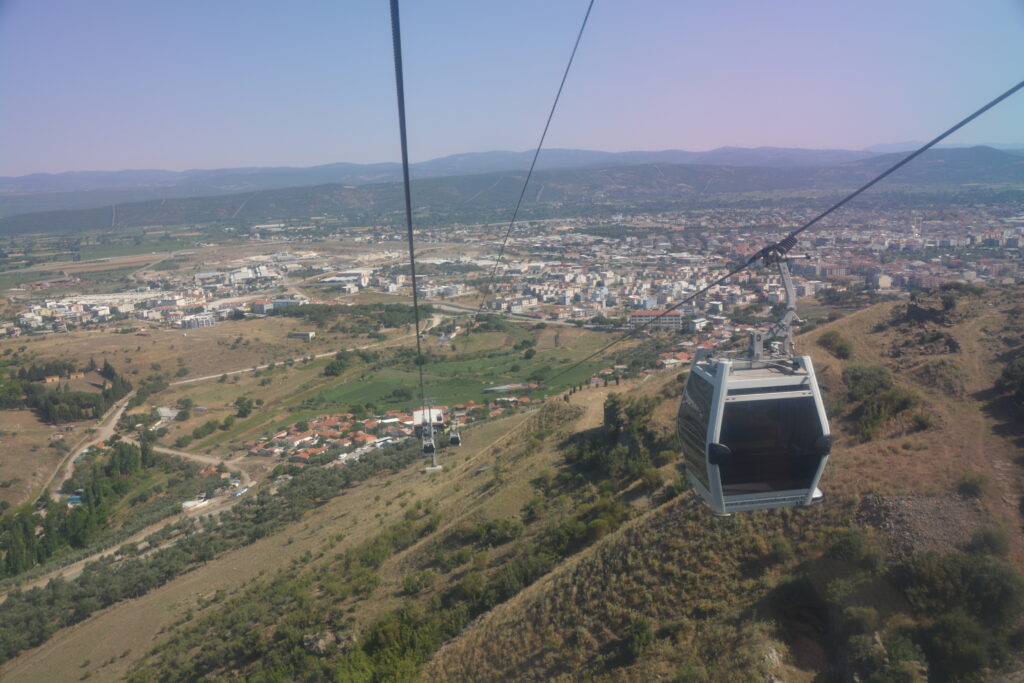
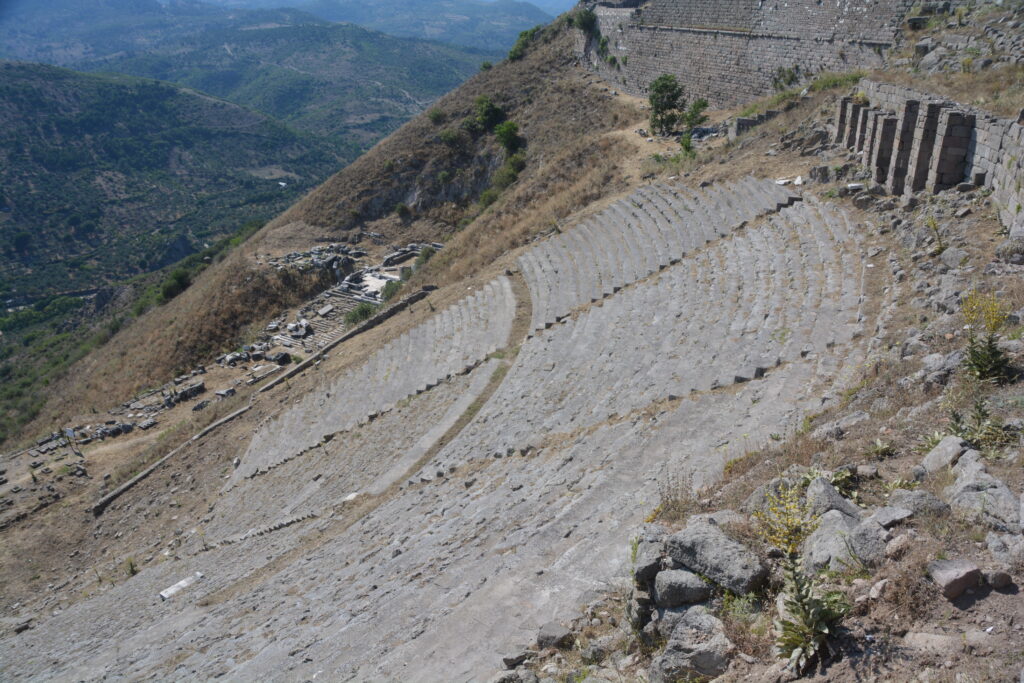
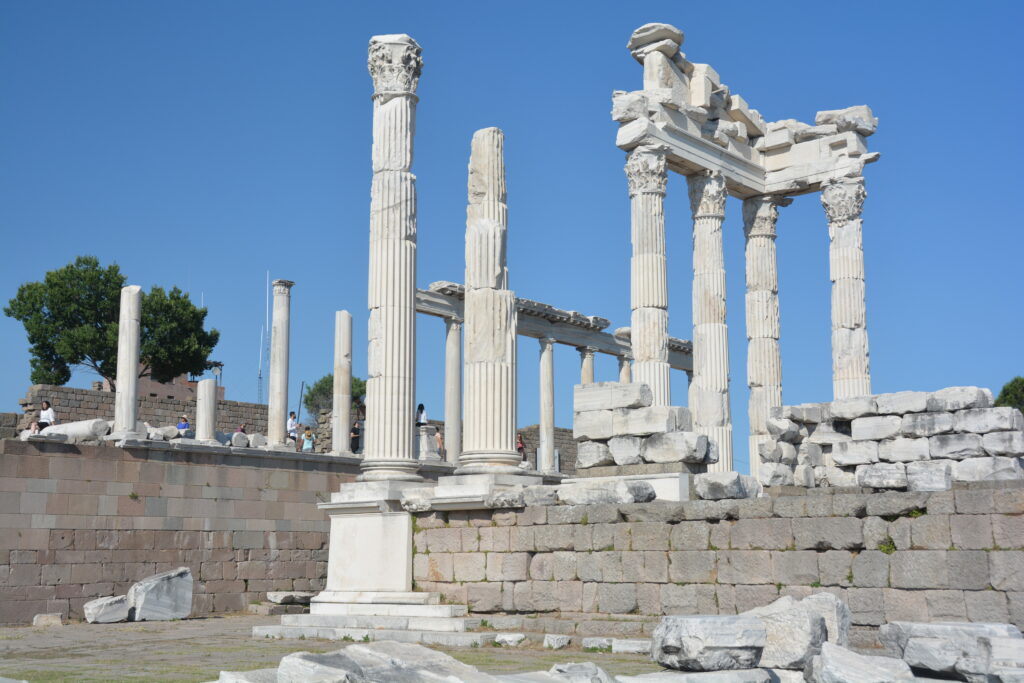
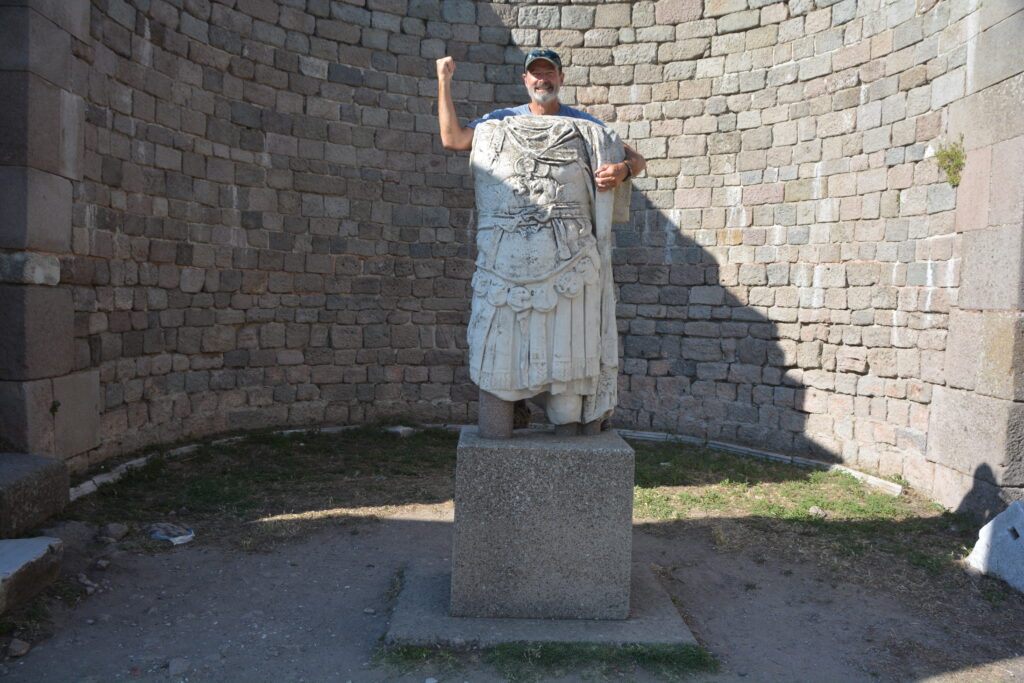
After camping with others in the backyard of a restaurant nearby we drove inland through olive groves – of course – and agricultural fields to the ancient town of Manisa. We had done this detour to see Manisa’s claim to fame – the 16th century Muradiye Mosque, a rare Ottoman-era mosque which featured beautiful stained glass windows, intricate tiled mosaic and a grand peaceful feeling to it. We also visited a less glamorous mosque of the same vintage nearby and had lunch in the nearby park.
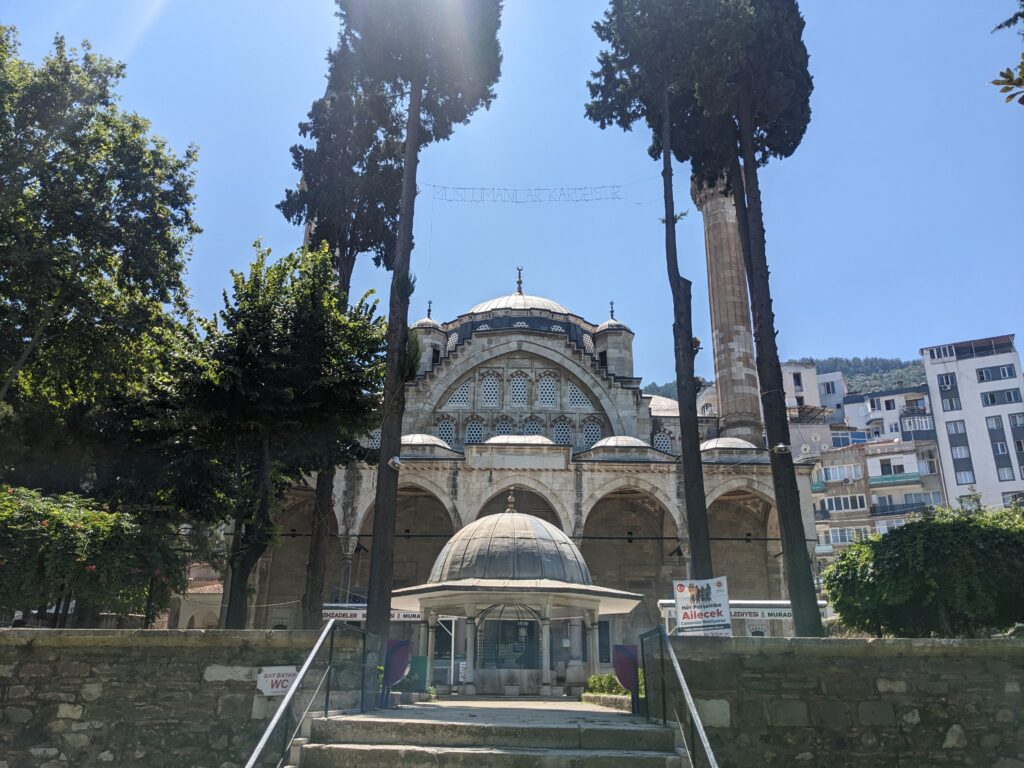
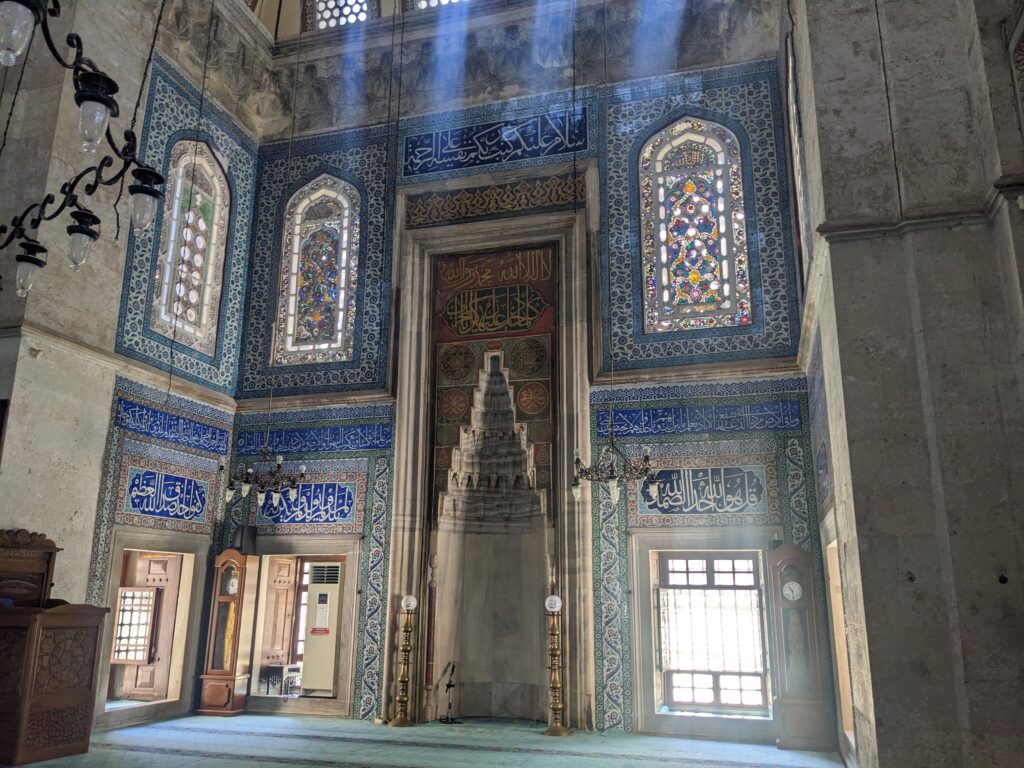
But the magnet of the day is one of the Mediterranean’s greatest drawcards and possibly Turkey’s most visited site outside of Istanbul. Ephesus was a city estimated to be founded 1,000 BC and was developed, modified, added on to, crumpled in earthquakes, rebuilt by Romans a few times and then pretty much abandoned when the ocean bay silted up around the tenth century.
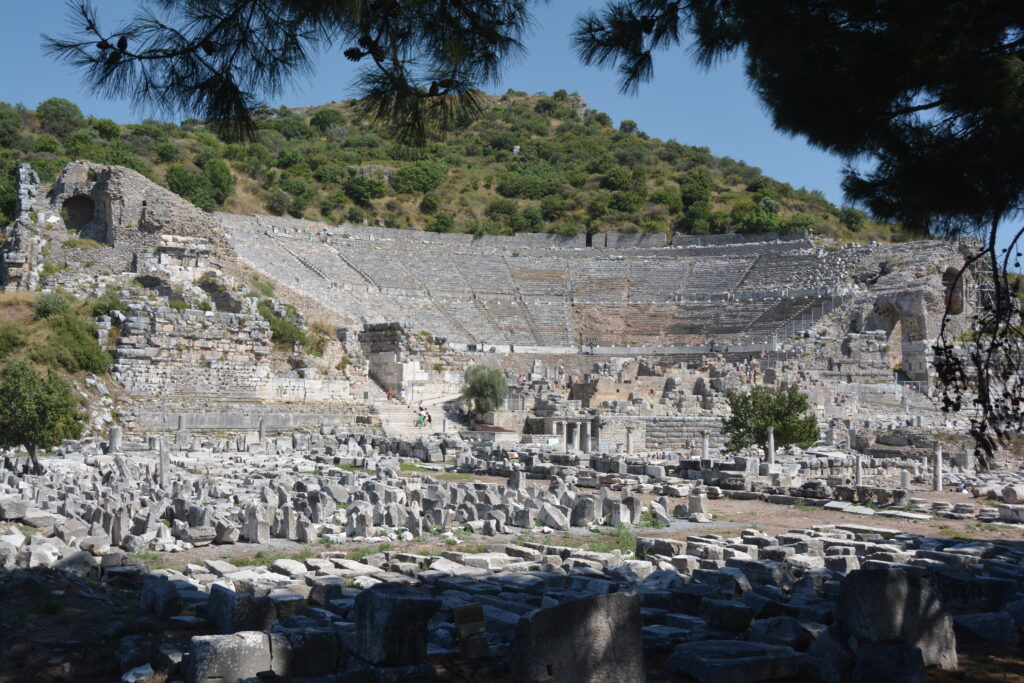
We were in the amphitheatre when this woman, in a very impromptu moment, began to sing opera. I caught the last few moments of this but just listen to the acoustics to this thousands year-old theatre.
Ephesus in it’s heyday was the capital to Rome’s Asia Minor Kingdom and probably the home to 250,000 people. It was a major trading centre and the home to many famous scholars and rulers. In it’s day Ephesus must have rocked.
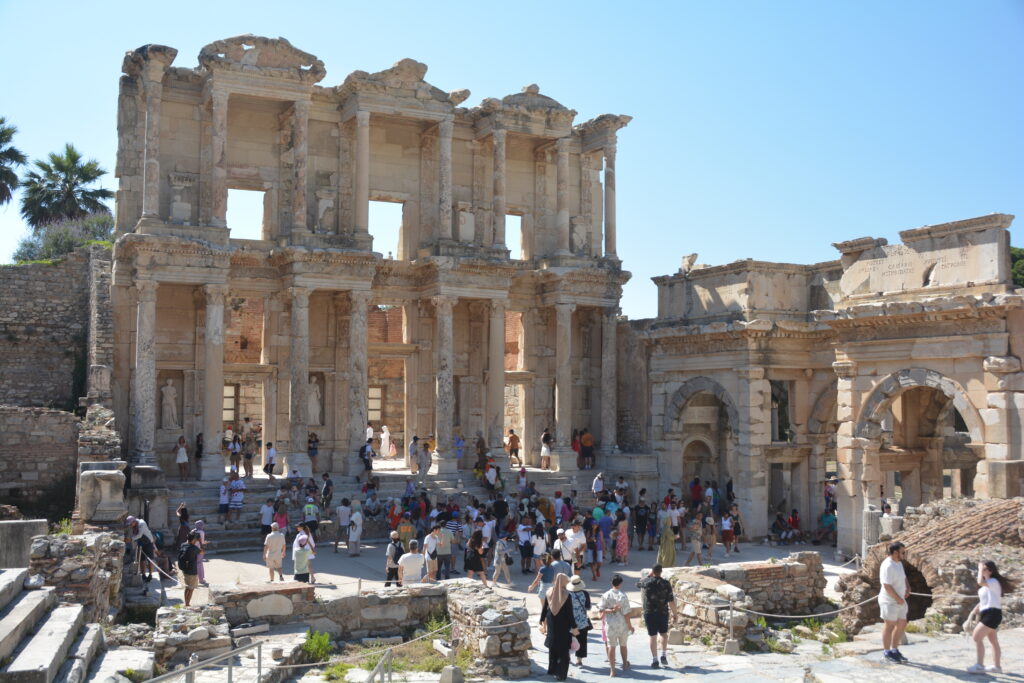
Today Ephesus, with only 20% of the site excavated but with careful reconstruction and repairs, is arguably one of the best Greek/Roman sites in the world and has been declared one of the seven wonders of the ancient world. Julie and I fought the late afternoon crowds and the blistering high 30’s heat to explore the extensive grounds and we were paid back in spades. We had already seen a few sites in Turkey, and they’ve all been great, but Ephesus passes them without blinking.
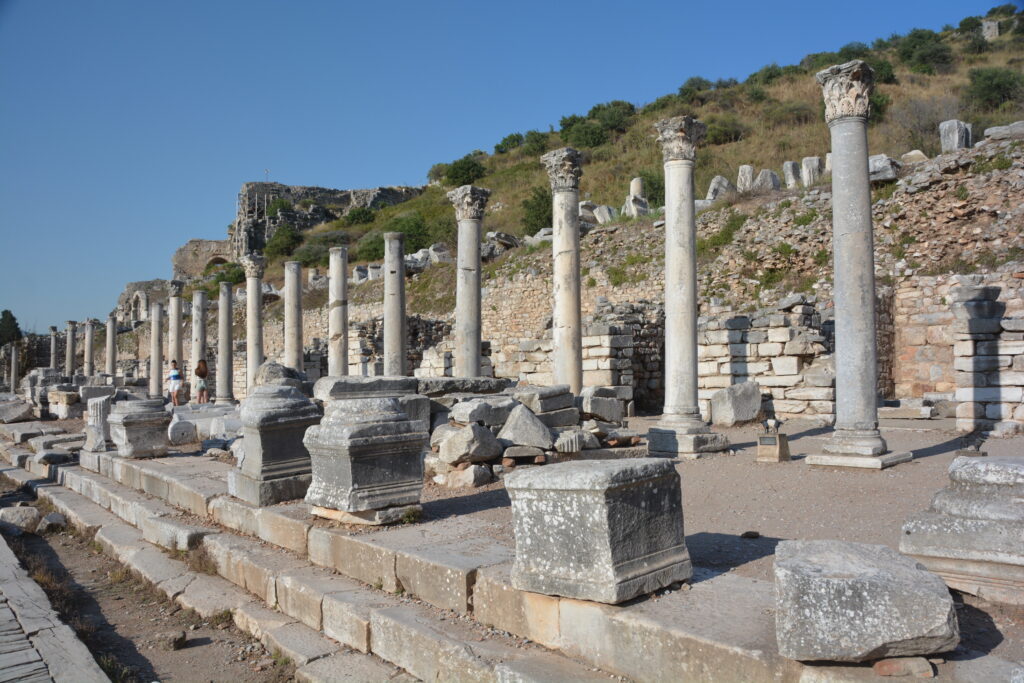
It was easy to cast your mind back to 300 BC and imagine the Greeks walking the same streets we did, buying their goods, chatting to friends and then going to the theatre to hear a great leader or orator tell them the news.
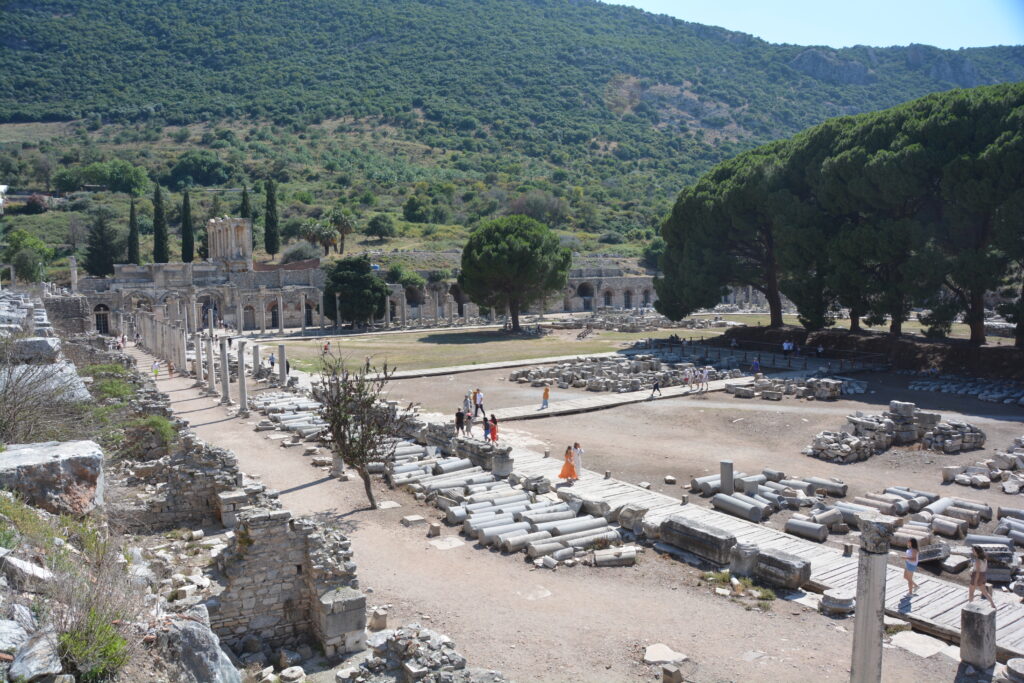
We also bought extra tickets to go into the Terrace Houses where the elite lived in beautiful homes about 2,000 years ago. The mosaics on the floor and the paintings on the walls of these homes just blew us away. Overall we thought Ephesus was the highlight of this trip so far.
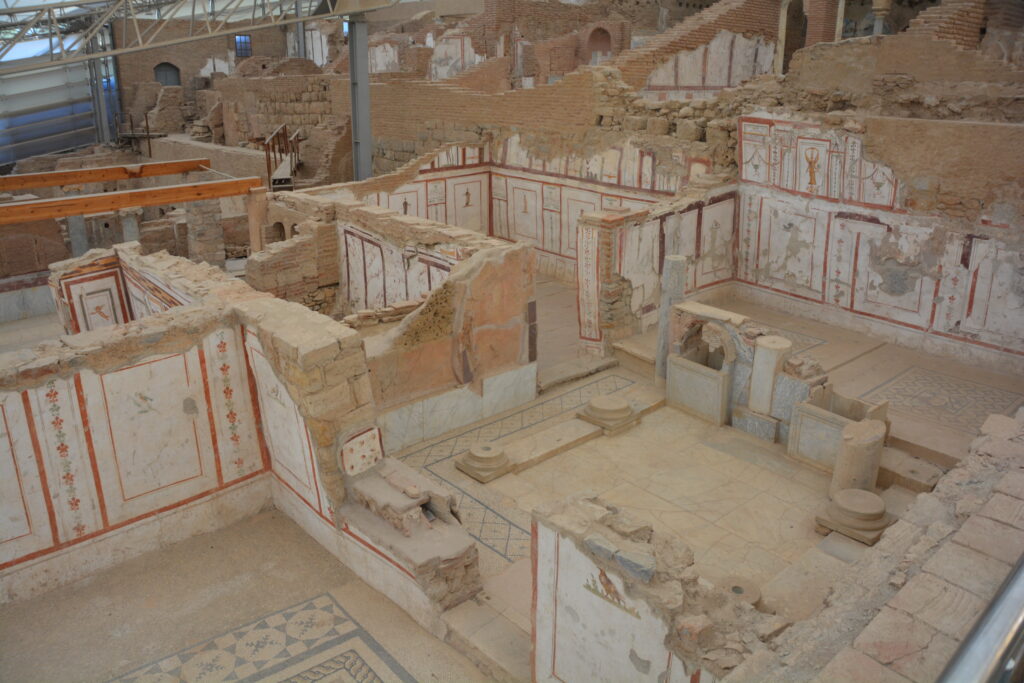
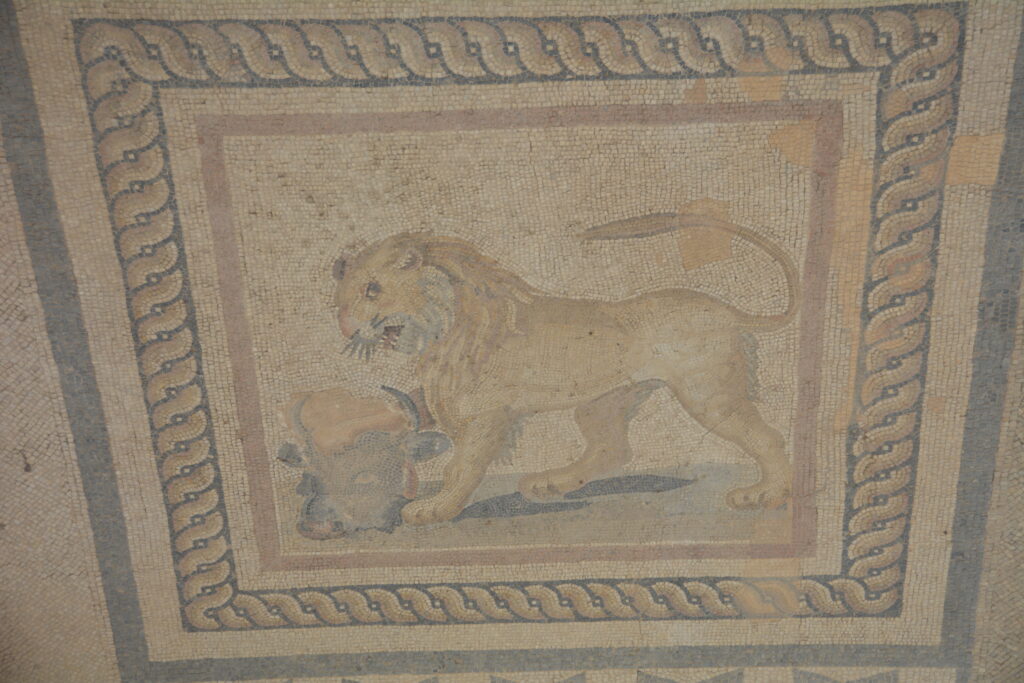
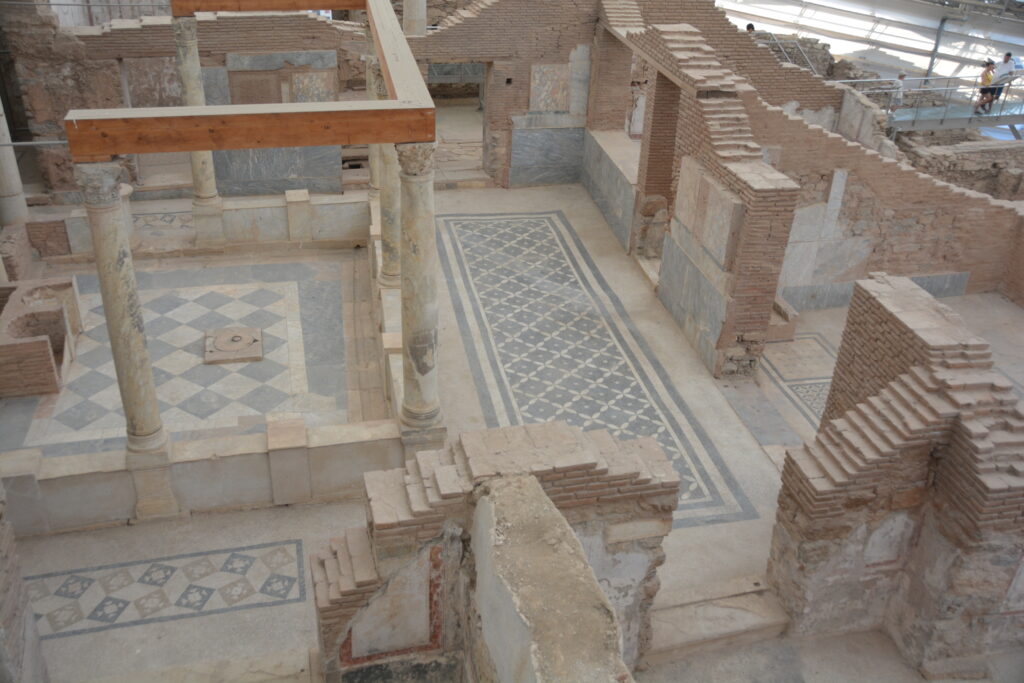
We drove down on the extensive sandy beach amongst literally hundreds of cars of locals making a great family day to celebrate the last day of Eid, such a spectacle to see everyone having fun, and then drove down further in the softer sand for the night.
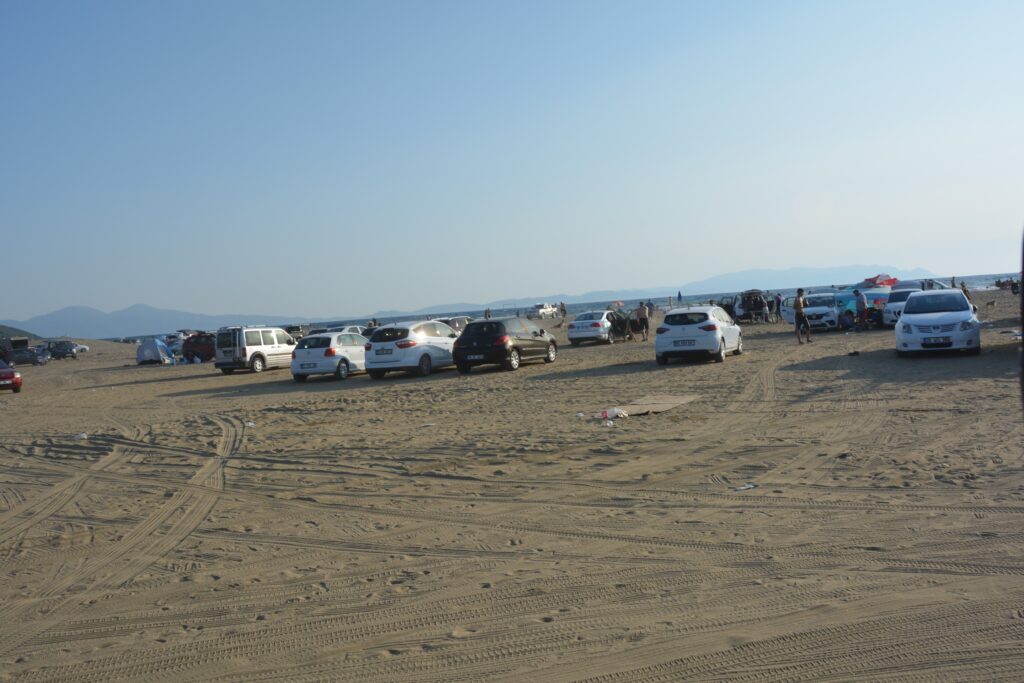
Unfortunately a local family had got their van bogged in the sand and I was asked to pull them out. Sure enough, Tramp backed up to this poor old van surrounded by family members and with almost no effort pulled them out to safety. The father said to me afterward, “I love you, my big brother”. My good deed for the day.
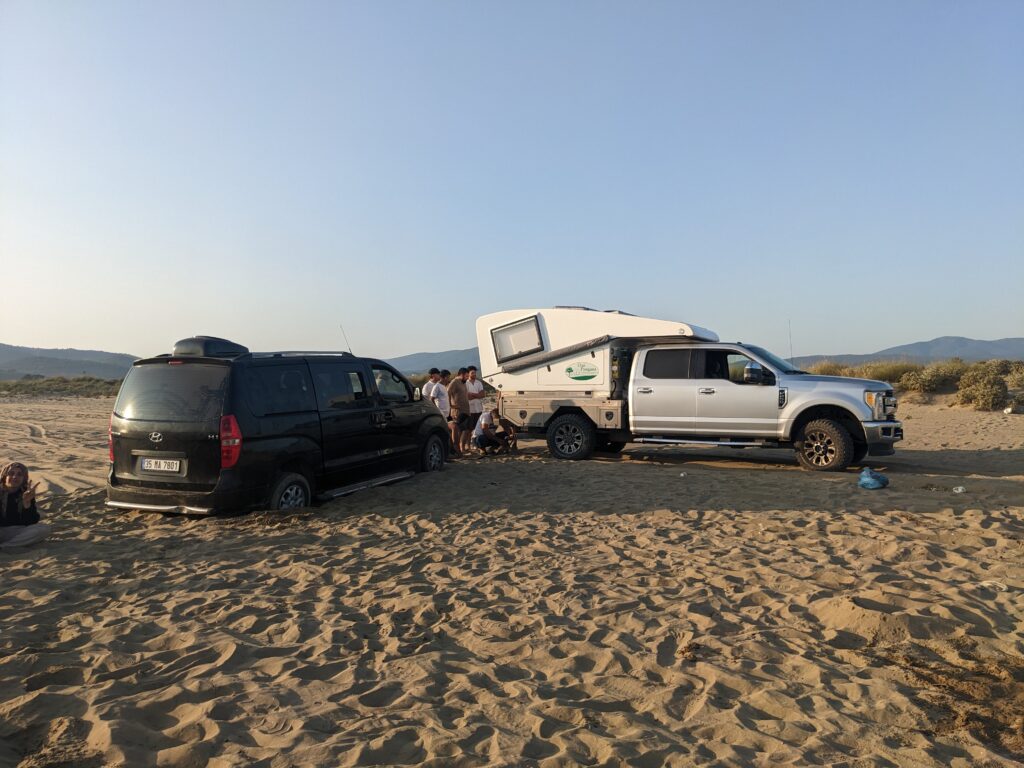
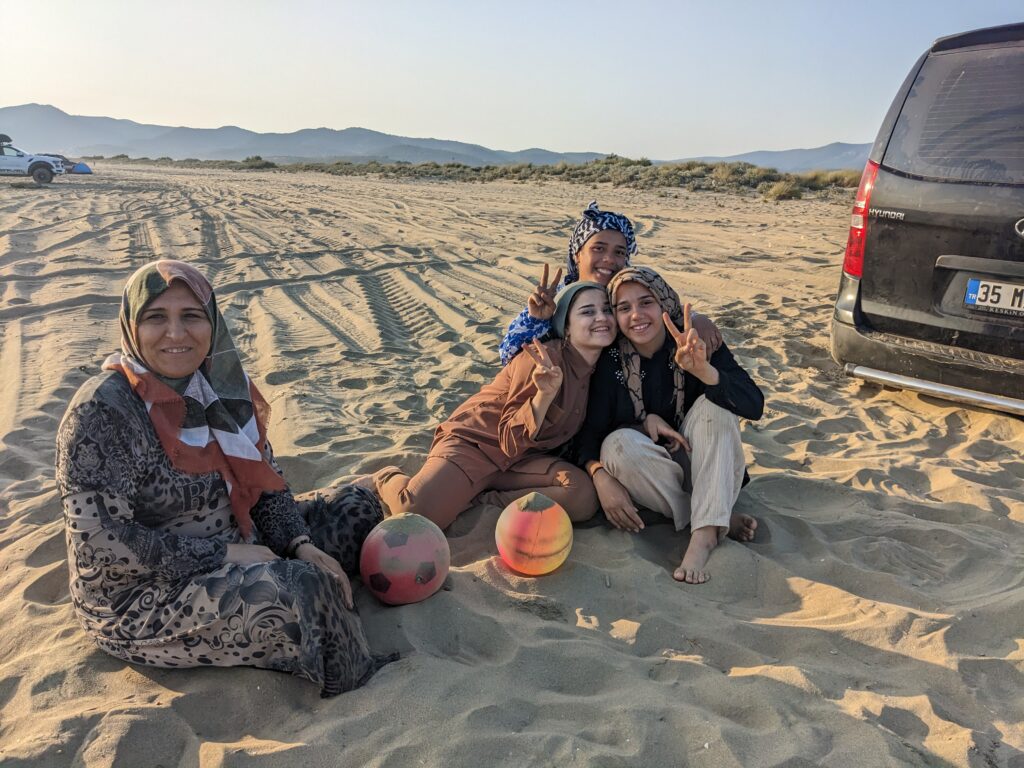
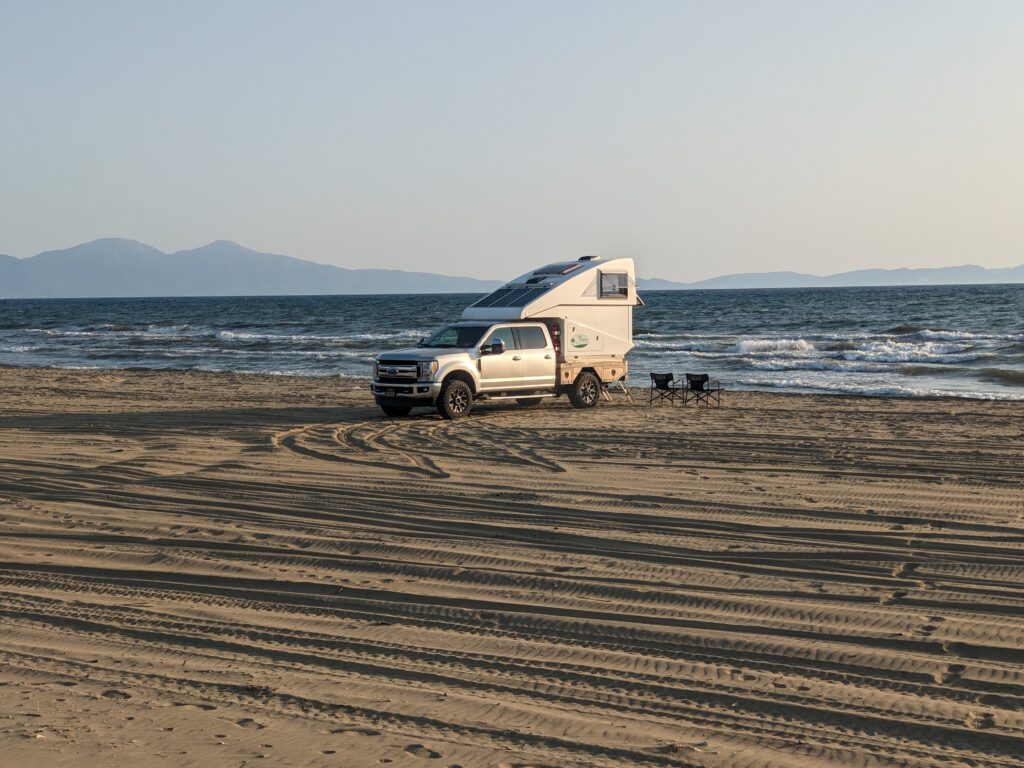
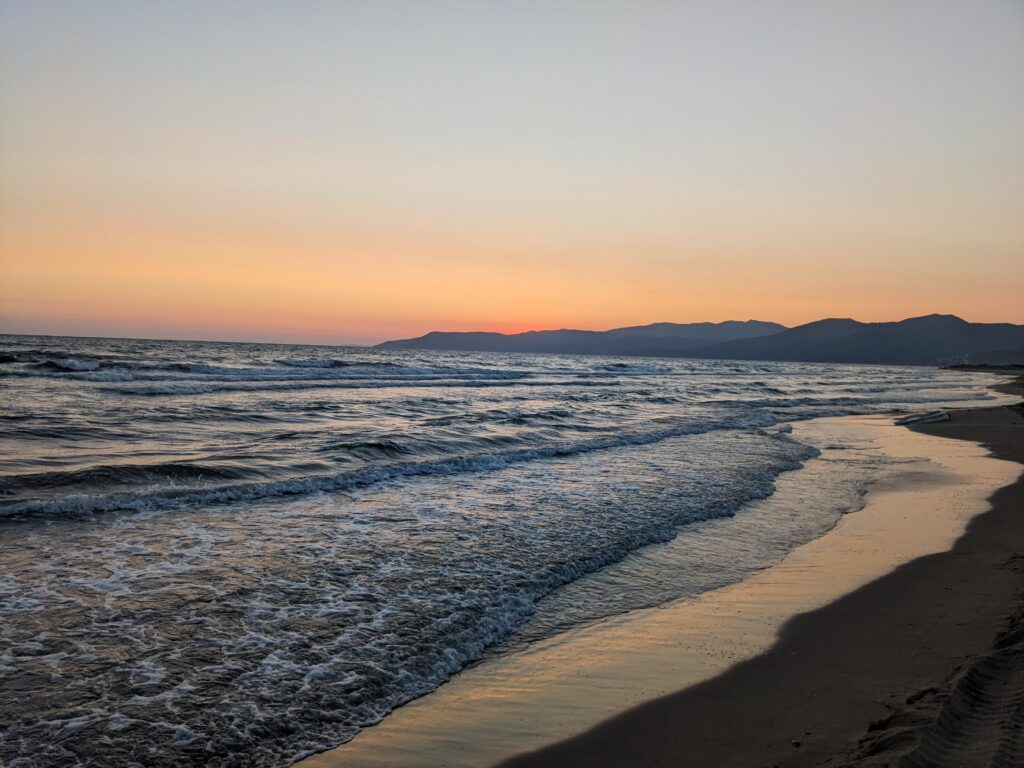
Good deeds becoming an accustomed thing, the next morning I pulled two more guys out of the deep sand, their sedans completely buried up to the axles. What were they thinking?
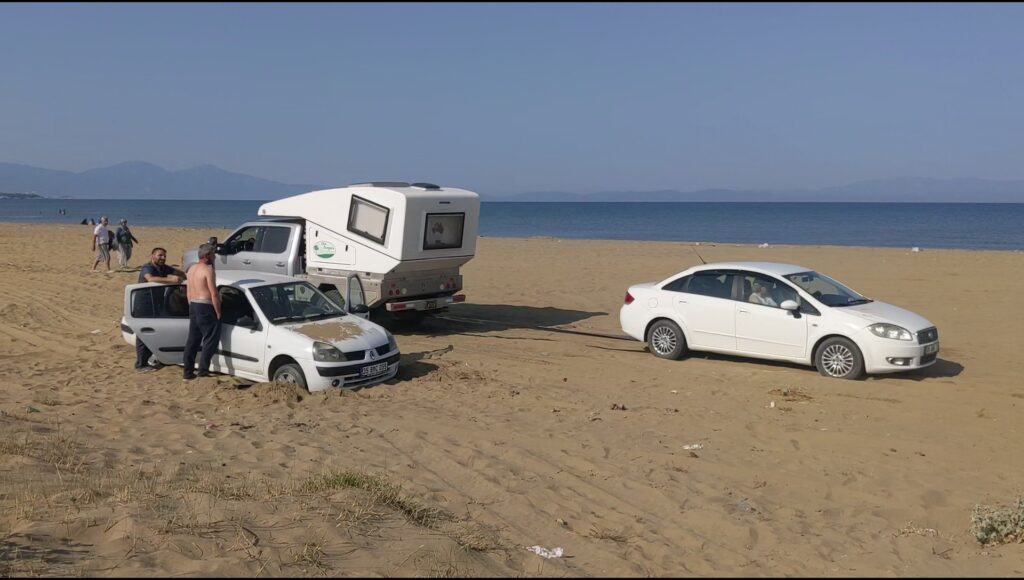
Our Asian adventure had started off with a bang but we were moving eastward to explore what else Turkey had to offer.
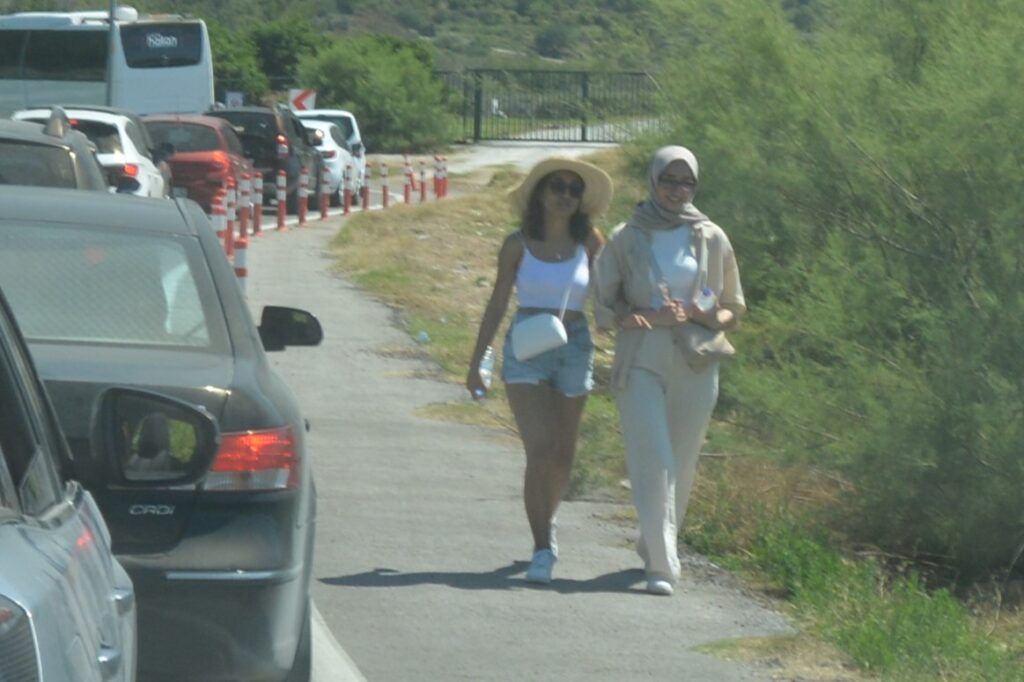
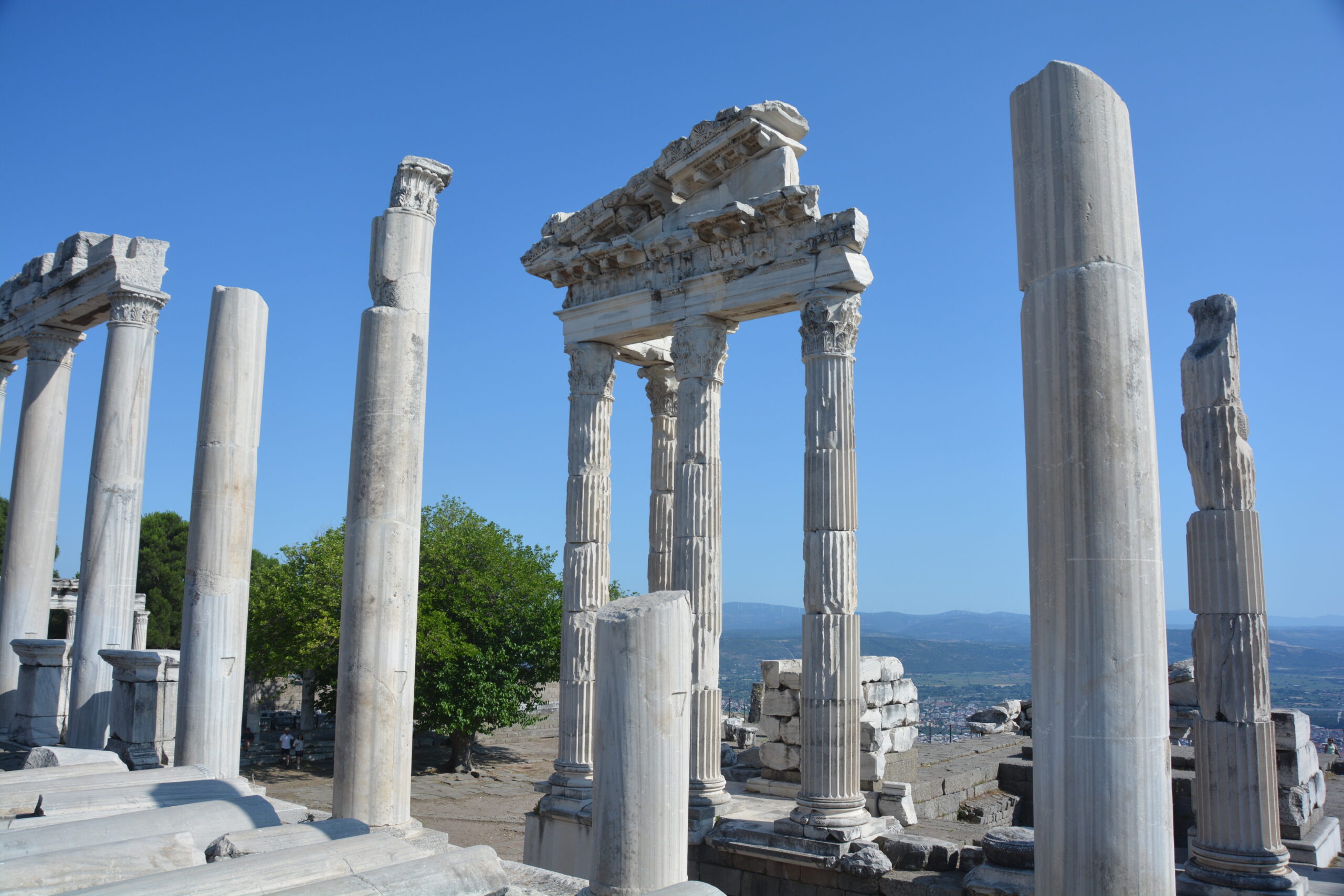
Comments
Asia! — No Comments
HTML tags allowed in your comment: <a href="" title=""> <abbr title=""> <acronym title=""> <b> <blockquote cite=""> <cite> <code> <del datetime=""> <em> <i> <q cite=""> <s> <strike> <strong>